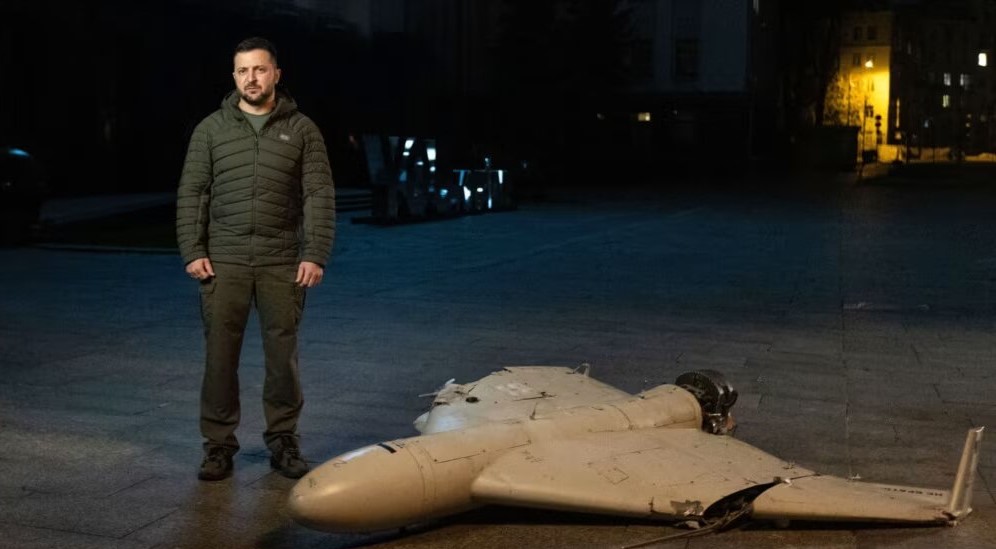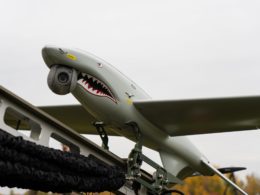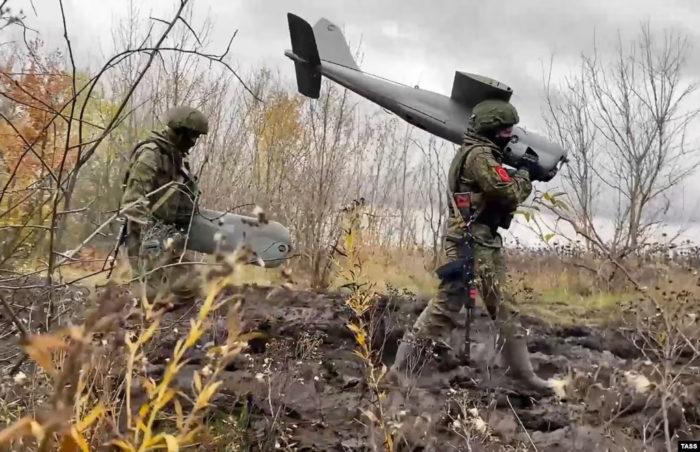"The war at the present stage is gradually moving to a positional form,” General Valerii Zaluzhnyi, Commander-in-Chief of the Ukrainian Armed Forces, wrote in his essay titled "Modern Positional Warfare and How to Win It.” According to Zalyzhnyi, Ukraine needs to gain air superiority, increase the effectiveness of counter-battery capabilities, create and train the necessary reserves, and build up more electronic warfare (EW) to win the war of attrition.
“Zaluzhnyi’s essay was all about how to restore maneuver to a positional war, not an argument that the war has reached a stalemate,’ the Institute for the Study of war states.
Positional warfare is described by the ISW as military engagements where the frontlines remain relatively stable without significant shifts, even though both parties are actively trying to advance their positions.
Overcoming positional warfare requires air superiority, and while Ukrainian pilots are just starting their F-16 training, drones can become a necessary game changer.
“Army of Drones” UAVs responsible for over 35% of Russian tank losses in October
The Russian army, also recognizing this, has not only escalated its airstrikes in the Kherson and Kharkiv oblasts using guided bombs in recent months but is also actively investing in the production and modification of drones. Because both sides are investing heavily in drones, the required countermeasure is EW. However, Russia started developing EW much earlier and still retains an advantage.
The Russian army has “adopted about 60 types of modern EW equipment, which have better characteristics, high mobility, increased security, short set-up and tear-down time, the introduction of new technical solutions, automation tools, special software,” Zaluzhnyi wrote.
Along the Kupiansk and Bakhmut axes, Russia has built a multi-tiered electronic warfare system with constantly changing locations, he noted.
Regarding the Ukrainian Armed Forces, by 2022, they had incorporated advanced EW systems for use with UAVs, including Bukovel-AD, Enclave, Khmara, and Nota. These systems have demonstrated their effectiveness in combat. However, at the outset of the war, approximately 65% of the jamming station types in Ukrainian military units were of former Soviet manufacture, with only 25 being new, according to Zaluzhnyi.
“Given the limited capabilities of the domestic defence-industrial complex, the build-up of EW capabilities was carried out at the expense of international military material and logistical assistance by obtaining systems (assets) of detection and electronic warfare against UAVs, anti-drone guns, tactical mobile direction-finding systems, EW systems with on-board radar stations,” Zaluzhnyi said.
In his article, Zaluzhnyi stated that Ukraine is deploying a Pokrova nationwide EW system “with the possibility of replacing the satellite radio navigation field ("spoofing").”
According to Defense Express, “this holds not merely great, but truly strategic, importance.”
Despite the limited information available, it is known that Pokrova aims to suppress satellite radio navigation across the entire frontline and over most of Ukraine's territory. This means that all systems using satellite navigation will not work or display incorrect data almost throughout Ukraine when the system is activated.
In civilian contexts, this means that all navigational devices relying on GPS systems would either malfunction or provide inaccurate data. From a military perspective, the dysfunction of satellite navigation systems could have a critical impact on specific weapons systems. For instance, the Shahed-136 drone depends exclusively on satellite navigation coupled with a basic inertial system, which allows for continued linear flight toward a target if the satellite signal is lost but with incremental errors, Defense Express explained.
Trending Now
Studies of Shaheds suggest that the inertial system error in such drones can reach approximately 5% over a certain distance. Hence, without satellite navigation, there could be an error of 5 kilometers over a 100-kilometer trajectory.
In "spoofing" scenarios, genuine satellite signals are replaced with counterfeit ones. As a result, a Shahed might assume it is on the correct course, while in reality, it is veering off from the intended coordinates. This strategy is designed to misdirect potential threats and might prove more effective.
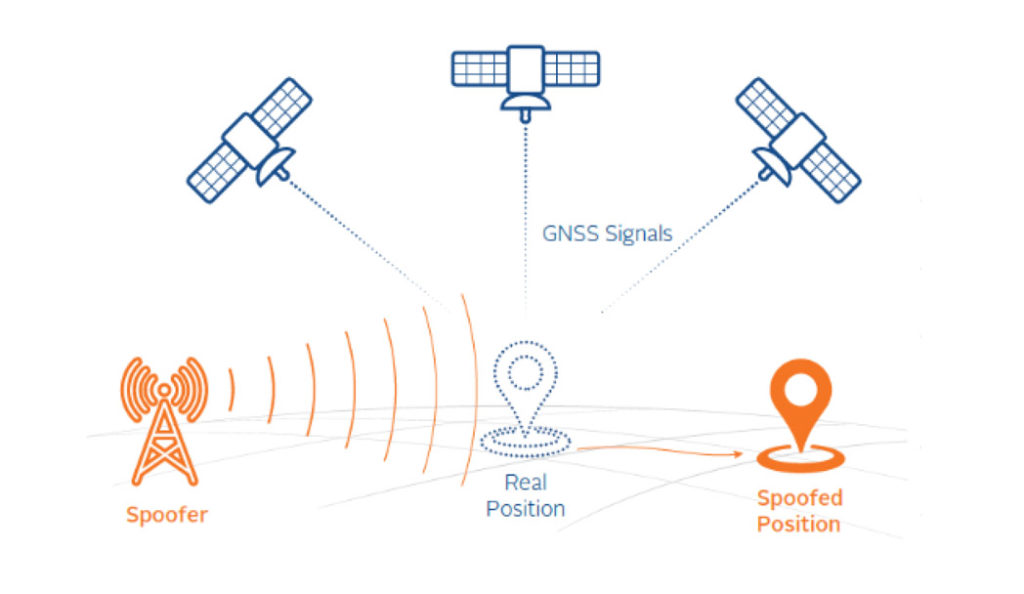
In response, for more reliable satellite-based navigation systems, Russia is incorporating technologies resistant to interference, such as "Kometa-M," into its Shaheds, cruise missiles, and precision-guided munitions. However, according to Ivan Pavlenko, head of the Main Directorate of Electronic Warfare and Cybersecurity of the General Staff of the Armed Forces of Ukraine, as of September, Ukraine "already has the capability to counter this system." Consequently, the deployment of Ukraine's Pokrova national EW system is likely aimed at negating the existing Russian EW capabilities.
Russia’s new Lancet suicide drone model evades Ukraine’s defenses
The Pokrova EW system is also designed to diminish the accuracy of enemy cruise missile usage, though not as effectively as with Shaheds. Cruise missiles employ far more sophisticated navigation systems, such as DSMAC and TERCOM, which match images of the terrain and topography under during flight with a preloaded reference image. Nevertheless, their accuracy deteriorates without satellite navigation support.
Notably, the Pokrova is not the only recent development in the field of EW that has been revealed to the public.
Ukraine has developed a new mobile electronic warfare system called "Eter" under the Brave1 defense technology cluster initiative, Ukraine's Minister of Digital Transformation Mykhailo Fedorov announced on 14 November.
Eter “helps the military to perform combat missions and launch drones more efficiently and destroy enemy positions,” Fedorov wrote on his Telegram channel.
Defense Express describes Eter as a "trench" signals intelligence system designed to detect signals from enemy EW systems, monitor hostile radio stations, and identify enemy drone activity. It operates passively, merely listening to radio emissions without emitting any signals itself.
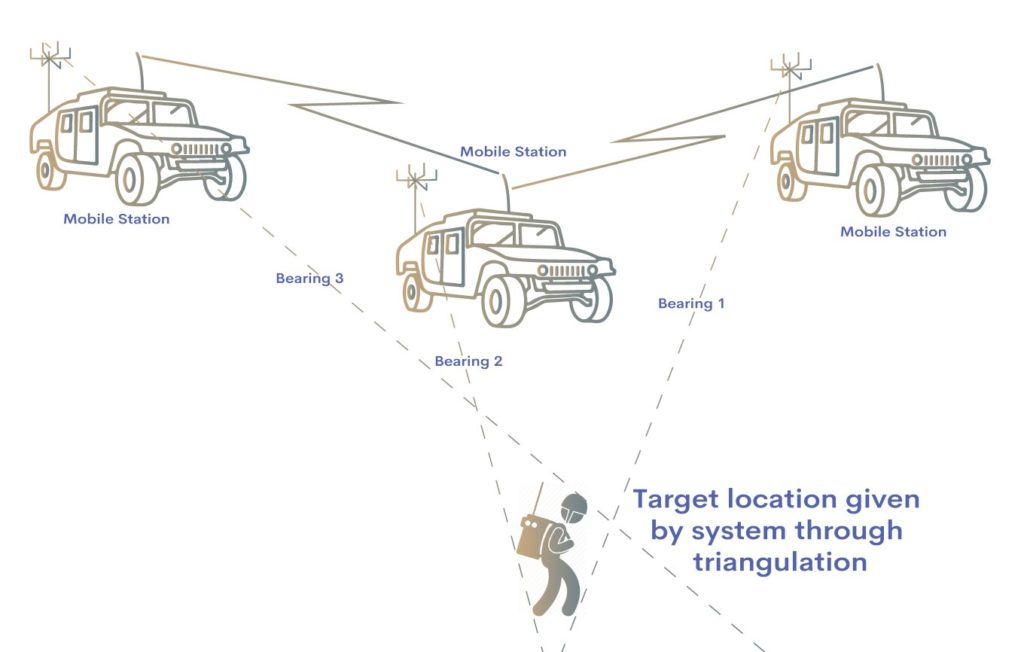
Eter is intended for tactical-level signals intelligence, which helps evaluate the enemy's electronic order of battle and identify vulnerabilities in their electronic defenses. Additionally, by intercepting control signals, Eter can provide warning of enemy drone attacks. As a network of direction-finding systems, it is capable not only of detecting but also of geolocating radio emitters, including enemy communications.
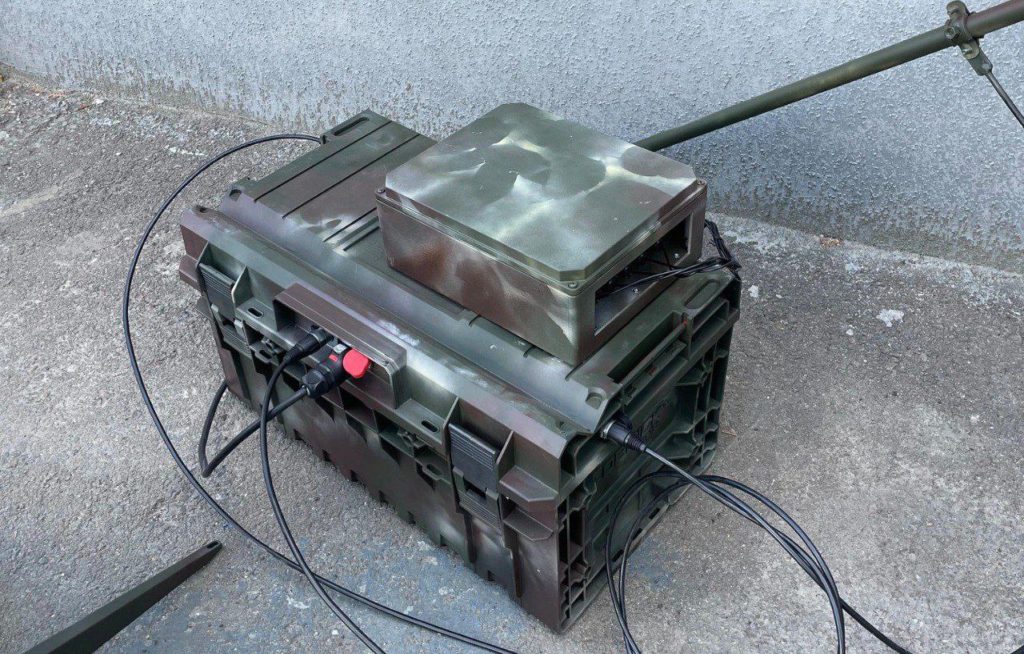
Furthermore, Eter has the potential to detect the movement of Russian armored vehicles that are equipped with electronic warfare payloads, especially since Russia has started to integrate drone jamming systems into its upgraded T-80 tanks and BMP infantry fighting vehicles, as previously reported by Defense Express.
Earlier, Fedorov said that Ukraine started to deploy the Piranha AVD 360 electronic warfare system, which creates a defense perimeter extending 600 meters around armored vehicles that jams the signals controlling Russian drones.
Thus, deploying a national EW system that integrates with other localized systems holds paramount strategic importance for Ukraine. It serves to significantly undermine Russia's primary reliance on aerial weapons such as the Shahed-136, potentially neutralizing or, at the very least, markedly diminishing their effectiveness.
Read also:
- Ukraine downs five Russian reconnaissance drones
- Ukrainian drone attack damages two Russian warships beyond repair
- Ukraine hits Russian drone operator training facility in occupied Donetsk
- “Army of Drones” UAVs hit record 335 Russian strongpoints in one week
- Ukroboronprom: Ukraine’s “kamikaze” drones with 1,000 km combat radius in mass production

